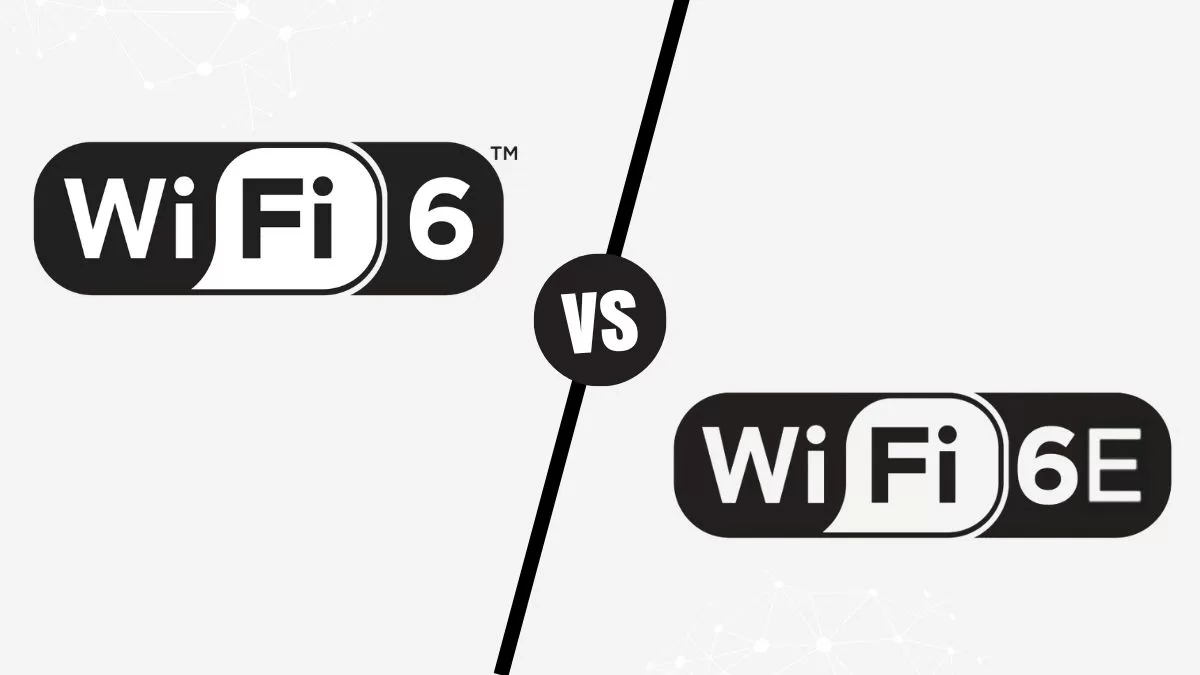Wi-Fi 6 vs. Wi-Fi 6E: Unraveling the Next-Generation Wireless Connectivity

In the dynamic world of technology, wireless connectivity plays a pivotal role in our daily lives. With each new generation of Wi-Fi, we witness remarkable advancements in speed, reliability, and capabilities. The latest evolution in this realm comes in the form of Wi-Fi 6 and Wi-Fi 6E, both of which promise to redefine how we connect to the internet. In this article, we will explore the key differences between Wi-Fi 6 and its enhanced counterpart, Wi-Fi 6E, and provide a detailed comparison table to help you understand the distinctions.
Wi-Fi 6: The Foundation for Modern Connectivity
Wi-Fi 6, also known as 802.11ax, is a significant leap from its predecessor, Wi-Fi 5 (802.11ac). It offers various improvements in wireless communication, making it well-suited for the demands of today’s connected world. Here’s a closer look at Wi-Fi 6’s specifications:
| Feature | Wi-Fi 6 |
|---|---|
| Frequency Bands Supported | 2.4GHz and 5.0GHz |
| Channel Width | Up to 160 MHz |
| Multi-User Efficiency | Yes |
| Multi-User Input/Output (MU-MIMO) | Yes |
| OFDMA (Orthogonal Frequency Division Multiple Access) | Yes |
| Target Wake Time (TWT) | Yes |
| Security | WPA3 and Enhanced Open |
| Interference | Susceptible to interference |
| Ideal Use Cases | High-density environments, IoT |
Wi-Fi 6 brings several notable features to the table, such as improved multi-user efficiency, MU-MIMO support, OFDMA for efficient data transmission, and enhanced security through WPA3. However, it operates within the 2.4GHz and 5.0GHz bands, which can be susceptible to interference in densely populated areas.
Wi-Fi 6E: The Future of Wireless Connectivity
Wi-Fi 6E, with the “E” signifying “Extended,” takes the Wi-Fi 6 standard to the next level by introducing a brand-new frequency band: 6 GHz. This expansion opens up a world of possibilities for wireless communication, and its specifications are truly impressive:
| Feature | Wi-Fi 6E |
|---|---|
| Frequency Bands Supported | 2.4GHz, 5.0GHz, and 6GHz |
| Channel Width | Up to 160 MHz in the 6 GHz band |
| Multi-User Efficiency | Yes |
| Multi-User Input/Output (MU-MIMO) | Yes |
| OFDMA (Orthogonal Frequency Division Multiple Access) | Yes |
| Target Wake Time (TWT) | Yes |
| Security | WPA3 and Enhanced Open |
| Interference | Minimal interference due to exclusive use by Wi-Fi 6E devices |
| Ideal Use Cases | High-definition video streaming, AR/VR, and high-capacity applications |
The addition of the 6 GHz band to Wi-Fi 6E is a game-changer. It provides more spectrum, wider channels, and minimal interference since only Wi-Fi 6E-capable devices can use this exclusive band. This makes Wi-Fi 6E perfect for high-definition video streaming, augmented and virtual reality applications, and other high-capacity use cases.
Comparing Wi-Fi 6 and Wi-Fi 6E
To make the differences between Wi-Fi 6 and Wi-Fi 6E crystal clear, let’s put their key features side by side in a comprehensive comparison table:
| Feature | Wi-Fi 6 | Wi-Fi 6E |
|---|---|---|
| Frequency Bands Supported | 2.4GHz and 5.0GHz | 2.4GHz, 5.0GHz, and 6GHz |
| Channel Width | Up to 160 MHz | Up to 160 MHz in the 6 GHz band |
| Multi-User Efficiency | Yes | Yes |
| Multi-User Input/Output (MU-MIMO) | Yes | Yes |
| OFDMA (Orthogonal Frequency Division Multiple Access) | Yes | Yes |
| Target Wake Time (TWT) | Yes | Yes |
| Security | WPA3 and Enhanced Open | WPA3 and Enhanced Open |
| Interference | Susceptible to interference | Minimal interference due to exclusive use by Wi-Fi 6E devices |
| Ideal Use Cases | High-density environments, IoT | High-definition video streaming, AR/VR, and high-capacity applications |
In conclusion, while Wi-Fi 6 has laid the foundation for modern wireless connectivity, Wi-Fi 6E takes it to the next level. The inclusion of the 6 GHz band in Wi-Fi 6E offers more spectrum, reduced interference, and better support for high-bandwidth applications. As the adoption of Wi-Fi 6E continues to grow and regulatory landscapes evolve, we can look forward to a future where wireless connectivity is faster, more reliable, and capable of supporting the most demanding online experiences.
Also Read: Wi-Fi 6E: The Game-Changer for Faster, More Reliable Connectivity
Also Read: Qualcomm Unveils Snapdragon 8 Gen 3 Chipset: A Game Changer in Mobile Technology